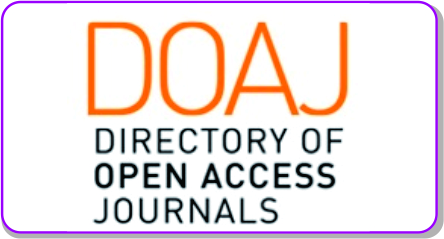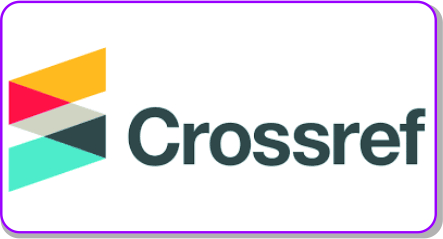Design an Alumni Data Collection Information System Using the Waterfall Method
DOI:
https://doi.org/10.30983/ijokid.v2i2.5855Keywords:
Alumni, Information System, Research and Development, ADDIE, WaterfallAbstract
The background of this research is that there is no alumni data collection information system at the Informatics and Computer Engineering Education Department (PTIK) IAIN Bukittinggi. Because the PTIK department already has a large number of alumni, a system that can serve as a forum for alumni data is required. The method used is Research and Development (R&D). R&D is a research method used to manufacture a specific product and test its effectiveness. The development model used is ADDIE, which stands for analyze, design, develop, implement, evaluate. The waterfall model is used in the system development model. The findings of this study include the development of an information system for collecting alumni data. The product is available for use by the head of PTIK department and the alumni. To demonstrate the system's effectiveness, three validators were obtained with a total value of 0.76 and were declared valid, while three examiners obtained a total value of 86.7 and were declared very practical. The effectiveness test on 5 graduates yielded a total score of 0.88 using very effective criteria.
References
C. H. Primasari, “Pengembangan Sistem Informasi Portal Alumni dengan Tracer Study dan Survey Pengguna Alumni Universitas Atma Jaya Yogyakarta,†J. Buana Inform., vol. 9, no. 1, pp. 21–30, 2018, [Online]. Available: https://ojs.uajy.ac.id/index.php/jbi/article/view/1498/1179
I. A. Watung and A. A. E. Sinsuw, “Perancangan Sistem Informasi Data Alumni Fakultas Teknik Unsrat Berbasis Web,†J. Tek. Inform., vol. 3, no. 1,pp. 1-9, 2014, doi: 10.35793/jti.3.1.2014.3922.
PSugiyono, “Metode Penelitian dan Pengembangan.†Bandung:Alfabeta, 2014.
M. Shalahuddin, “Rekayasa Perangkat Lunak,â€Bandung:Informatika, 2014.
Y. Firmansyah and U. Udi, “Penerapan Metode SDLC Waterfall Dalam Pembuatan Sistem Informasi Akademik Berbasis Web Studi Kasus Pondok Pesantren Al-Habib Sholeh Kabupaten Kubu Raya, Kalimantan Barat,†J. Teknol. dan Manaj. Inform., vol. 4, no. 1,pp. 184-191, 2018, doi: 10.26905/jtmi.v4i1.1605.
K. Pudjawan, “Model Penelitian Pengembangan,†Yogyakarta:Graha Ilmu, 2014.
H. Hendryadi, “Validitas Isi: Tahap Awal Pengembangan Kuesioner,†J. Ris. Manaj. dan Bisnis Fak. Ekon. UNIAT, vol. 2, no. 2, pp. 169–178, 2017, doi: 10.36226/jrmb.v2i2.47.
Hamdunah, “Praktikalitas Pengembangan Modul Kontruktivisme Dan Website Pada Materi,†Lemma, vol. II, no. 1, pp. 35–42, 2015.
R. Sagita, F. Azra, and M. Azhar, “Pengembangan Modul Konsep Mol Berbasis Inkuiri Terstruktur Dengan Penekanan Pada Interkoneksi Tiga Level Representasi Kimia Untuk Kelas X SMA,†J. Eksakta Pendidik., vol. 1, no. 2, pp. 25-32, 2017, doi: 10.24036/jep.v1i2.48.
Downloads
Submitted
Accepted
Published
Issue
Section
License
Authors who publish with this journal agree to the following terms:
- Authors retain copyright and grant the journal right of first publication with the work simultaneously licensed under a Creative Commons Attribution License that allows others to share the work with an acknowledgment of the work's authorship and initial publication in this journal.
- Authors are able to enter into separate, additional contractual arrangements for the non-exclusive distribution of the journal's published version of the work (e.g., post it to an institutional repository or publish it in a book), with an acknowledgment of its initial publication in this journal.
- Authors are permitted and encouraged to post their work online (e.g., in institutional repositories or on their website) prior to and during the submission process, as it can lead to productive exchanges, as well as earlier and greater citation of published work (See The Effect of Open Access).














